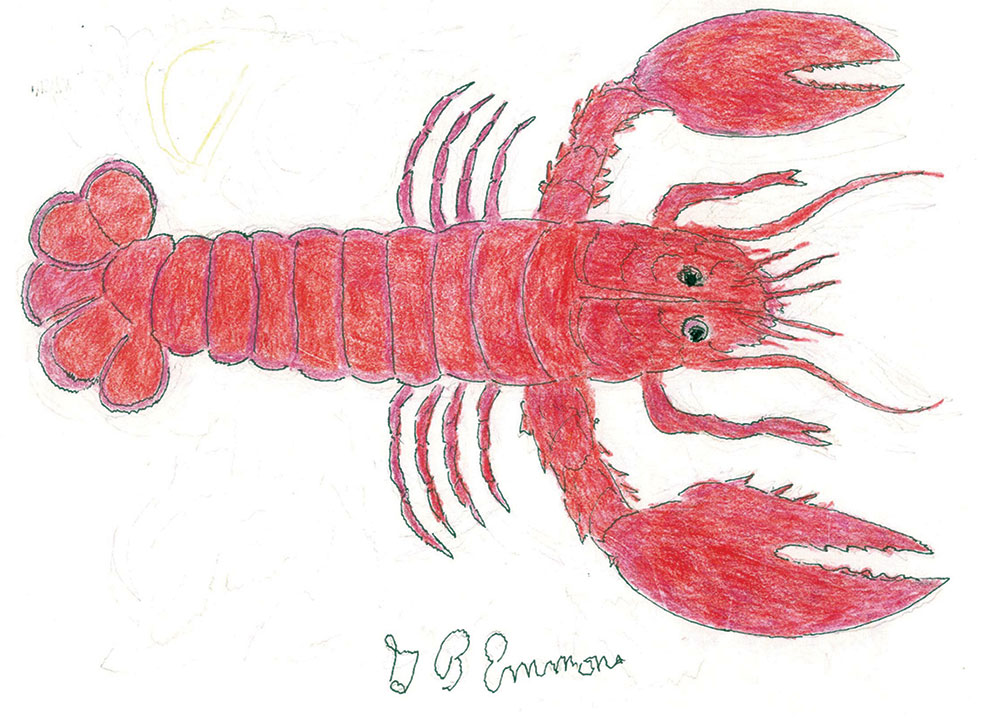The American Lobster is a classic coastal symbol of enormous national seafood environmental recognition steeped in history 400 years to the landing of the Pilgrims in Plymouth.
Lobster had been so plentiful before then, the Mi‘kmaq natives easily found them along the water’s edge after a windstorm. They subsequently could be gathered by the plantation settlers for fertilizer and bait-fishing hooks or later fed to prisoners, slaves, and servants to the point that household help wrote into servitude contracts they could not be served shellfish more than twice a week.
This environmental natural cornucopia of edible seafood grew to such proportion along the New England ports of call over the centuries, an industry was born that grew and changed the arts of nautical seagoing crafts that flourished and put nature’s most productive crustation on the colonial map.
The nautical era of the lobster boat soon replaced the use of sailboats to reach distant productive shoals and deep waters, when outboard and inboard motors allowed fishermen to station boats above lucrative locations with ease of coming and going out of port, making the workday go faster and easier. Early lobster boats also had an open area of the hull where flowing saltwater could keep freshly caught lobsters alive and well.
As technology advanced over the centuries, they decked out with radar depth sounders, location positioning, and radios for communication. This gradually made a very hard-working occupation of the sea-bitten laborers go somewhat faster and easier, but the industry itself remained hazardous and long suffering for, as they say, some went down to the sea in ships.
Most modern lobster traps are factory-made of wood, covered with metal screens to consist of two main chambers, the kitchen and the parlor. The lobster first enters through funnel-shaped doors that lead to the kitchen where the bait is tied. Then it enters into the parlor with a smaller exit that permits only smaller and undersized ones to escape, leaving behind those of a larger, legal size to await their fate when the trap is pulled out of the water. Those big enough have two large claws, the largest a big tooth crusher for pulverizing shells, and the other a finer edged ripper for tearing soft flesh. They both appear in the market with rubber bands to protect the handler.
The Atlantic States Marine Fisheries Commission estimates for southern New England a severely depleted stock in the coming season. Our lobsters migrate, moving out to sea for colder water when necessary, and now already evacuated all the way to Maine, due primarily to global warming.
The severe threat of environmental damage and flooding along our shores is more serious than we are aware of, but the exodus of a 400-year-old industry habitat of a historical way of life and means of occupation is noteworthy for the future and worthy of recognition now rather than after it is already too late to anticipate the consequences of such global proportion.
By George B. Emmons
